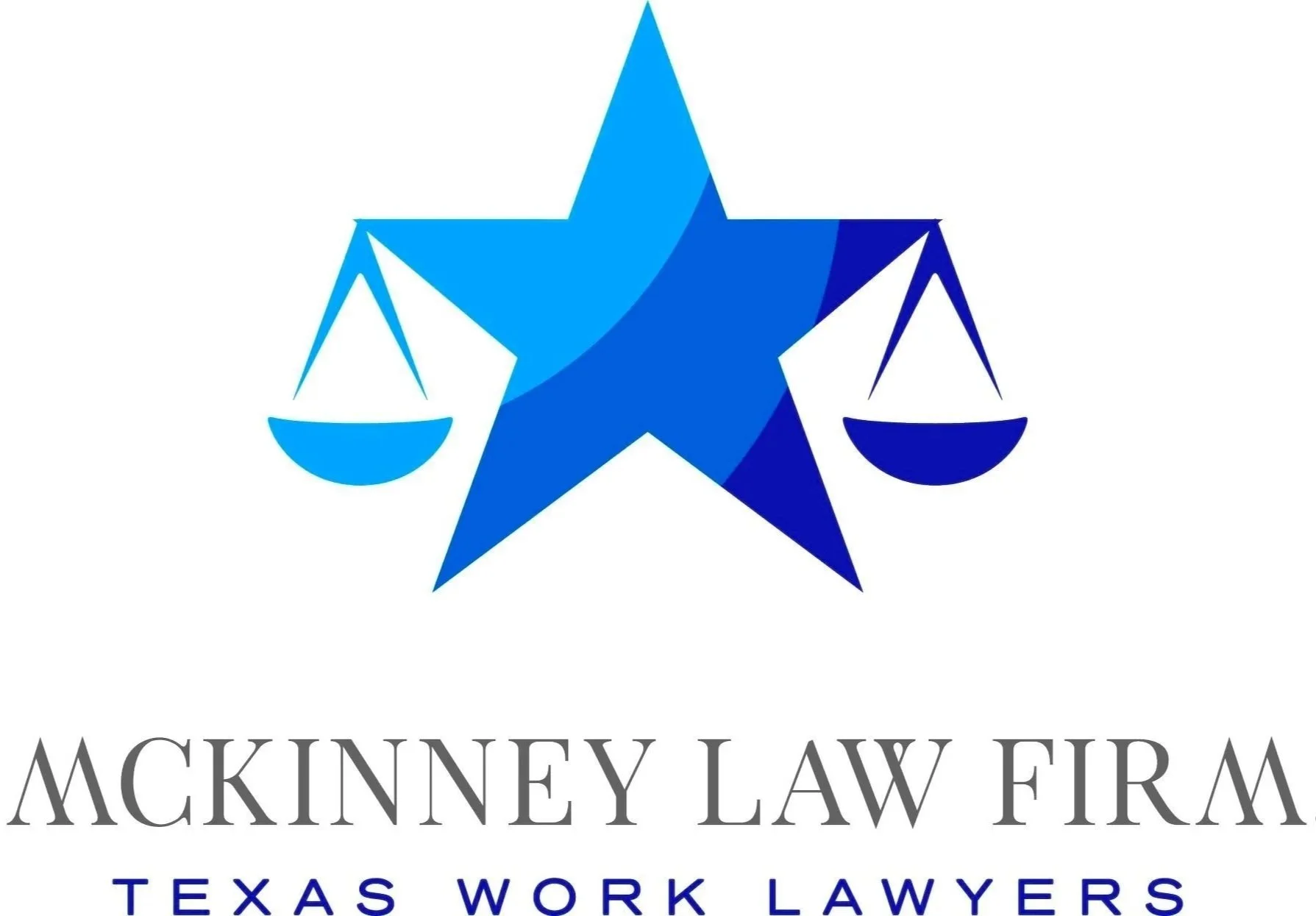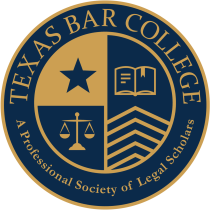EEOC Pt. 2 - What Happens After I File an EEOC Charge?
/In today’s video, Texas employment lawyer Chris McKinney explains what happens when you file an EEOC charge?
Transcript
Hi everyone I'm Texas employment rights attorney Christopher McKinney, practicing from our offices here in San Antonio Texas. Today we're covering another video in our series about the equal employment opportunity commission and how you go about properly filing a Charge and initiating an investigation and seeing it all the way through to the end Right to Sue letter through that process.
In a previous video, we spoke about the who, what, where, when, why, and how of initiating the EEOC charge process. Today we're going to be talking about the nuts and bolts of actually how to file a charge. So let's start by taking a look at the charge document itself.
The EEOC Charge Document
So when you go to file an EEOC charge, either with the EEOC by meeting with an investigator or contacting them through their website or if you retain qualified employment counsel, to help you file that EEOC charge, this is the document that you're going to be asked to complete, it's a fairly straightforward document, but it is important that you get all of the information correct. You'll see that it's asking for some very basic information about you contact information and also some basic information about the employer, about what you're filing the charge. Then it also has some checkboxes, that indicate what type of charge you're filing, you know what type of discrimination or retaliation, that you are reporting. Also the dates that the termination took place, which are very important to get accurate. And then a section, a relatively short section there for what they call the particulars. And this is where you factually describe either with the help of the investigator or with the help of an employment attorney the facts of your complain, why it is that you believe you're being discriminated against, obviously this document while you can attach extra pages to make it longer. The EEOC generally likes to keep this document fairly short and direct into the point. This is not the place where you put a multi page outline of every fact that happened to you with your employer. This is just where you give a general description of what the facts are, why you believe that you were discriminated against.
It is particularly important to that either you work with the investigator or with your attorney to make sure that you get this document accurately describing the discrimination that you are complaining of. The reason for that is, is that this document is to control not only the scope of the EEOC investigation but also the scope of any lawsuit that you file later there at the bottom you'll also see where, you have to sign this document under penalty of perjury under oath. So that's another reason why it is vitally important, that you get the facts stated absolutely correctly in this document. So it is very important, that it be done correctly.
Now that charge document is going to be sent then to the employer about what you're complaining. And that employer will generally have an opportunity, to respond back to that in what's called a statement of position. Sometimes the EEOC investigator that is assigned will send one side or the other or both requests for additional information, because he or she feels like it doesn't have a full picture, or maybe there's some statistics involved or some witness names, that they want to gather from you. So it's important to respond to those in as timely a fashion as you can but understand that anything that you send to the EEOC either now or at some point in the future is likely to be sent to the employer. So you may wanna confer with your attorney about whether or not certain information should be submitted at this time or what form it should be submitted in.
Invitation to Mediate
Okay now once you have the charge on file, the EEOC is then going to send you some additional documents that they want you to look over and sign. And the first one of those, or perhaps the most important one is called the invitation to mediate. Now every charging party just about every charging party will be sent, this invitation to mediate document. What this document is doing is simply asking, Hey are you willing to participate in a voluntary mediation program that the EEOC conducts to try to resolve charges? It's a fairly simple yes or no type of question you sign off on it and you agree to mediate your case.
Now just because you agree to mediate the case does not mean that your case will be mediated because mediation is a voluntary process. Therefore the only way that the EEOC will be able to mediate your case and try to resolve it between the parties is if both sides agree to mediate the case. So both the employer and the employee say, yeah you know, we have this disagreement, but we'd like to sit down with a mediator and see if we can't get it resolved amicably. Then they will often send that off to the mediation unit. Again there's a certain amount of strategy involved as to whether or not you want your charge sent to the mediation unit. And when you want your charge sent to the mediation unit, because typically your EEOC charge will be pulled out of the investigations unit for the time period that it is sent to mediation.
Now, what is exactly involved in mediation and how that process works is that beyond the scope of this video, we'll talk about that down the road in another video.
Assuming that the case doesn't go to mediation, what is the next step in the investigatory process for the charging party? Typically the next step is waiting. The EEOC process can take an awfully long time for an investigation to be completed. And in fact if you leave your EEOC charge in the agency to complete its investigation, it is not unusual for that investigation to take a year or more to be completed. So it can take a very long time. Now after six months the agency loses its exclusive jurisdiction. So after the your charge has been on file with the EEOC for six months, you can contact the EEOC and say, Hey, whether or not you're done with the investigation, I would like you to close the investigation and issue me a right to Sue letter that then allows you to go file a lawsuit in state or federal court, depending on the type of client that you have. But you wanna be very careful about asking for that and make sure that you have your ducks in a row before you do it, because once you get that right to Sue letter, some very short timelines, begin to run as to when you must file your claim in court, or else you waive your claims forever. So it's advisable that you don't ask the EEOC for that right to Sue letter until you've retained counsel and your lawyer is prepared to file that lawsuit because you're only gonna have typically 90 days in which to do so once you obtain the right to Sue letter.
All right so in upcoming videos, we're gonna talk about the EEOC mediation process. And then we're gonna talk about the end of the EEOC investigatory process, what that looks like and how you should handle that. So be looking for those videos, once they're all created we'll put them down in the show notes links to them so that you can watch them in order if you want to, if you found this video helpful, please like and subscribe down below that helps our video distribution and helps other people find this information.








